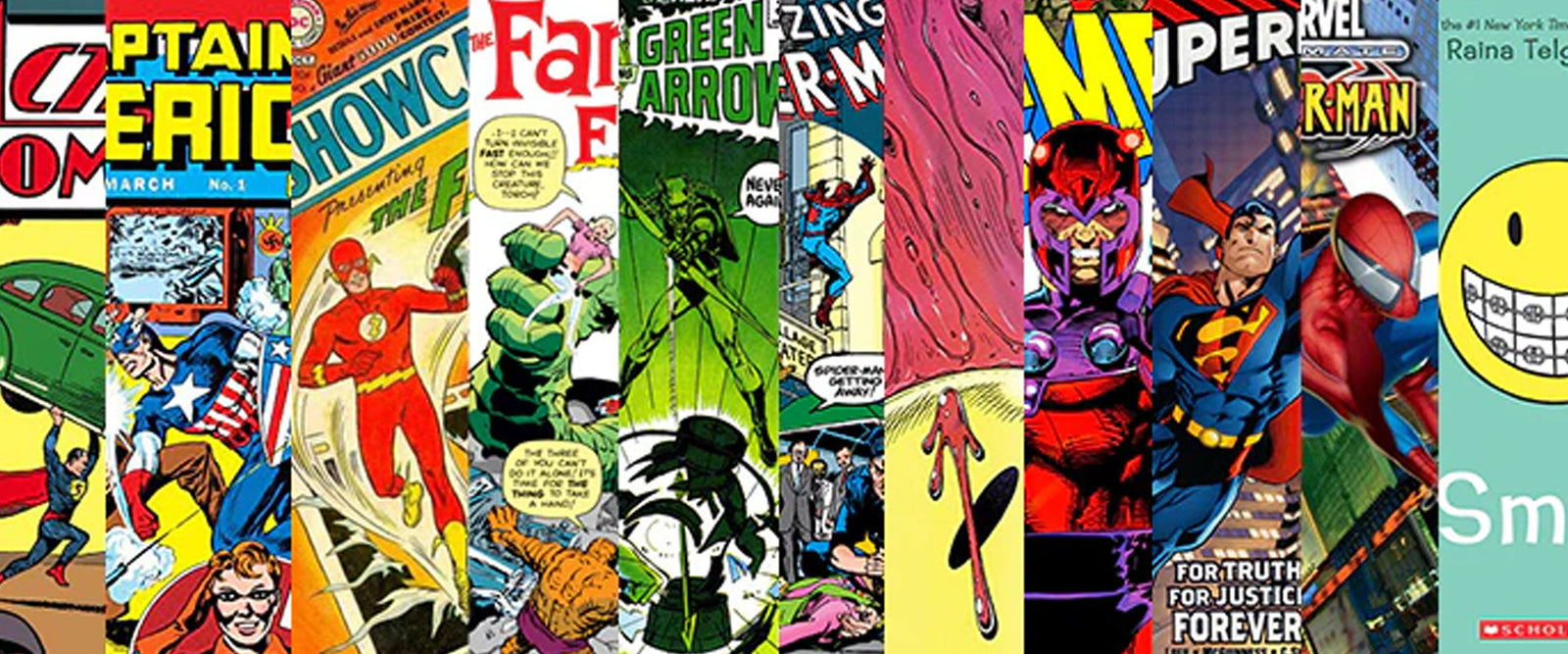
How Comic Book Drawing Styles Have Evolved Through the Decades
From the bold lines of early newspaper comic strips to the digital artistry of today, comic book drawing styles have changed dramatically. Let’s dive into the fascinating journey of how comics have evolved visually, and why certain styles remain iconic decades later.
The Birth of Comics: Bold Lines and Simple Colors (Late 1800s – 1930s)
The earliest comics—like The Yellow Kid (1895) and Little Nemo in Slumberland (1905)—were newspaper strips with limited color printing. Artists relied on bold outlines and flat colors to make characters stand out on cheap paper.
- Key Style Traits: Simple line work, minimal shading, exaggerated facial expressions.
- Why It Worked: The style was easy to reproduce and visually striking, even at small newspaper sizes.
The Golden Age of Comics: The Rise of Superheroes (1938 – 1950s)
With Action Comics #1 (1938) introducing Superman, a new era began. Golden Age comics embraced dynamic poses, primary colors, and clear hero-villain contrasts. Artists like Jack Kirby revolutionized the visual language with energetic action lines and dramatic perspectives.
- Key Style Traits: Bright colors, clean panels, heroic proportions.
- Legacy: Many modern superhero comics still echo Golden Age aesthetics.
The Silver Age: Experimentation with Detail (1956 – 1970s)
The Silver Age brought more detail, depth, and experimentation. Marvel, under Stan Lee and Steve Ditko, gave readers heroes with more human flaws and art with intricate backgrounds. Artists started using crosshatching and more expressive panel layouts.
- Key Style Traits: More realistic anatomy, creative panel structures, and moodier colors.
- Example: Ditko’s Spider-Man blended realism with a unique, slightly awkward charm.
The Bronze Age: Grit and Realism (1970s – 1980s)
In the 70s and 80s, comics tackled darker themes, and the art followed suit. Titles like Batman: The Dark Knight Returns (Frank Miller) and X-Men introduced grittier, shadow-heavy styles. Printing technology improved, allowing for richer colors and gradients.
- Key Style Traits: Dramatic lighting, textured shading, and a more cinematic feel.
- Why It Mattered: The art mirrored the mature storytelling emerging during this time.
The Digital Revolution: Extreme Detail and Hybrid Styles (1990s – 2000s)
The 90s brought computer coloring and over-the-top visuals. Artists like Todd McFarlane (Spawn) and Jim Lee (X-Men) pushed the boundaries with hyper-detailed anatomy, wild costumes, and intense action spreads.
- Key Style Traits: Heavy inks, exaggerated muscles, and digital coloring effects.
- Impact: This period defined the “extreme” comic look still loved by many fans.
Modern Comics: Diversity of Styles (2010s – Today)
Today, there is no single “standard” comic style. Independent publishers, webcomics, and graphic novels have expanded what comics can look like. From minimalist indie art (e.g., Persepolis) to cinematic realism (e.g., Saga), artists experiment freely.
- Key Style Traits: A mix of traditional and digital art, watercolor textures, and unique panel storytelling.
- Trend: Readers embrace variety, from manga-inspired styles to painterly, almost fine-art approaches.
Final Thoughts: What’s Next for Comic Art?
With tools like Procreate and AI-assisted coloring, the future of comic styles is limitless. Yet, the core remains: strong characters, compelling storytelling, and art that connects with readers.
Want Your Own Comic in Any Style?
At Make Me A Comic, we create custom comic books, covers, and comic strips—tailored to your story. Whether you love vintage Golden Age vibes or sleek modern aesthetics, we can bring your vision to life.














